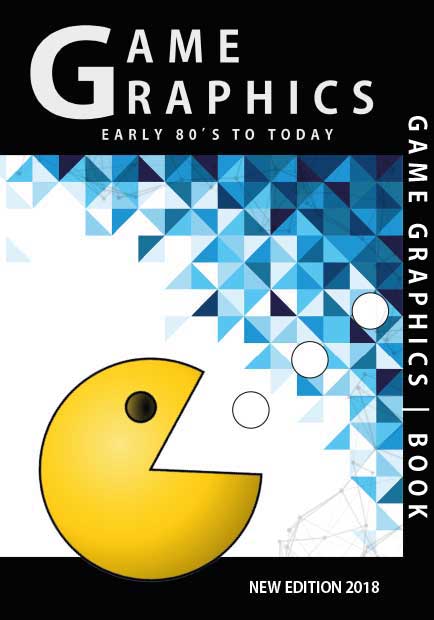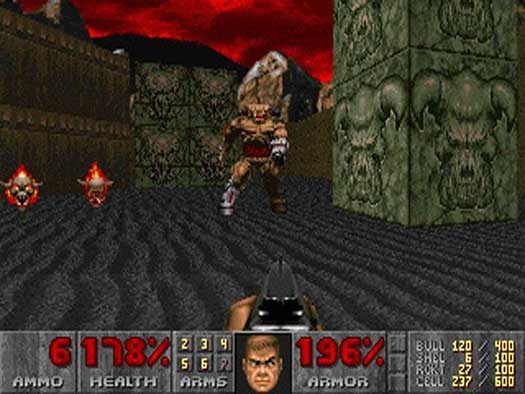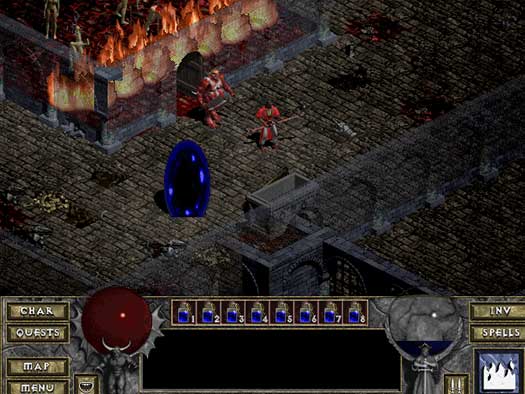
2.5D, 3/4 perspective and pseudo-3D are informal terms used to describe graphical projections and techniques that try to "fake" three-dimensionality, typically by using some form of parallel projection, wherein the point of view is from a fixed perspective, but also reveals multiple facets of an object.
Examples of pseudo-3D techniques include isometric/axonometric projection, oblique projection, orthographic projection, billboarding, parallax scrolling, scaling, skyboxes, and skydomes. In addition, 3D graphical techniques such as bump mapping and parallax mapping are often used to extend the illusion of three-dimensionality without substantially increasing the resulting computational overhead introduced by increasing the polygon count. The terms sometimes possess a second meaning, wherein the gameplay in an otherwise 3D game is forcibly restricted to a two-dimensional plane.
Examples of games that make use of pseudo-3D techniques include Zaxxon, The Sims and Diablo (isometric/axonometric projection); Ultima VII and Paperboy (oblique projection); Sonic the Hedgehog and Street Fighter II (parallax scrolling); Fonz and Space Harrierscaling); and Half-Life 2 (skyboxes). In addition to axonometric projection, games such as The Sims and Final Fantasy Tactics also make use of a combination of pre-drawn 2D sprites and real-time polygonal graphics instead of relying entirely on 2D sprites as is the norm.
Two and a half dimensional is a term used to describe either 2D graphical projections and similar techniques used to cause images or scenes to simulate the appearance of being three-dimensional when in fact they are not, or gameplay in an otherwise three-dimensional video game that is restricted to a two-dimensional plane or has a virtual camera.

An object is "considered to be in an inclined position resulting in foreshortening of all three axes",[3] and the image is a "representation on a single plane (as a drawing surface) of a three-dimensional object placed at an angle to the plane of projection."[3] Lines perpendicular to the plane become points, lines parallel to the plane have true length, and lines inclined to the plane are foreshortened.
They are popular camera perspectives among 2D video games, most commonly those released for 16-bit or earlier and handheld consoles, as well as in later strategy and role-playing video games. The advantage of these perspectives are that they combine the visibility and mobility of a top-down game with the character recognizability of a side-scrolling game. Thus the player can be presented an overview of the game world in the ability to see it from above, more or less, and with additional details in artwork made possible by using an angle.
Instead of showing a humanoid in top-down perspective, as a head and shoulders seen from above, the entire body can be drawn when using a slanted angle; Turning a character around would reveal how it looks from the sides, the front and the back, while the top-down perspective will display the same head.

In axonometric projection and oblique projection, two forms of parallel projection, the viewpoint is rotated slightly to reveal other facets of the environment than what are visible in a top-down perspective or side view, thereby producing a three-dimensional effect.
